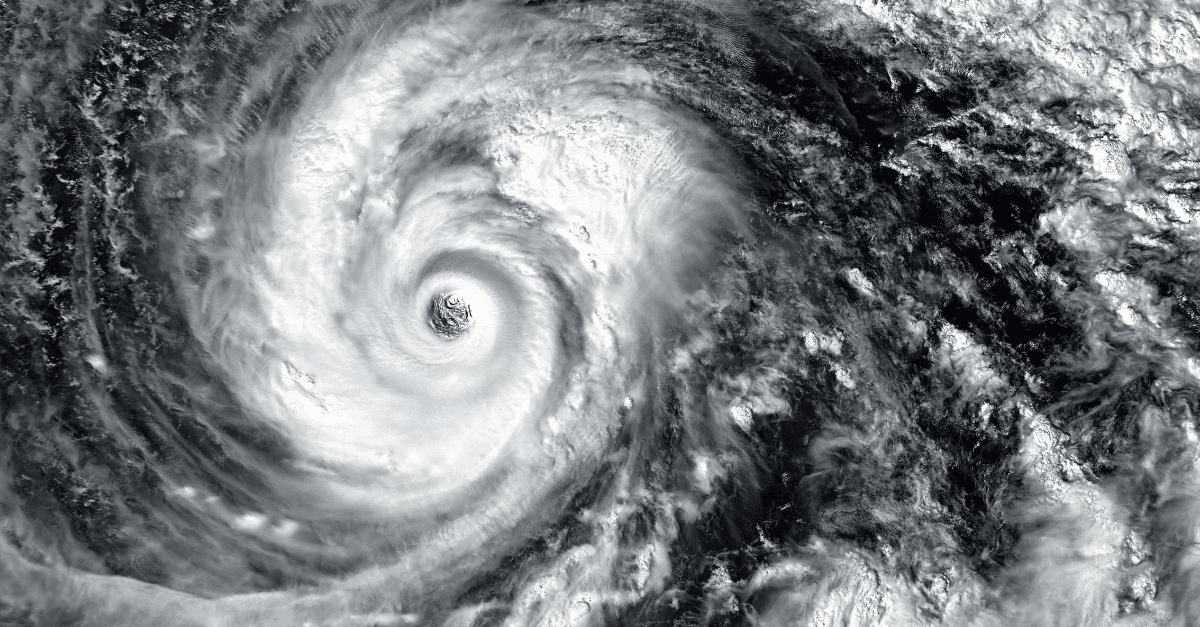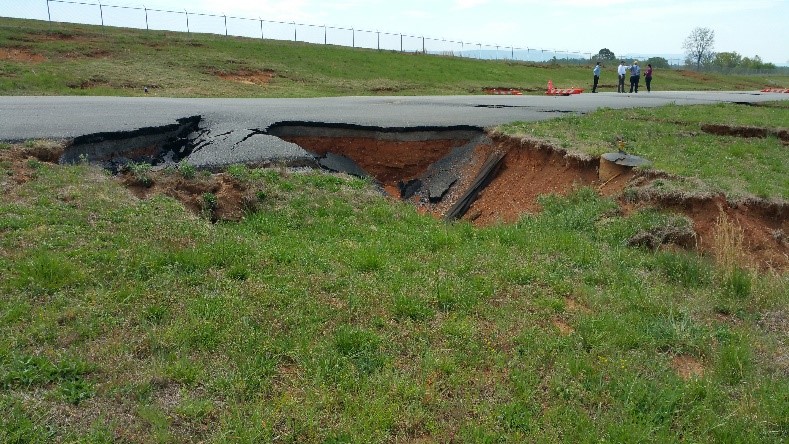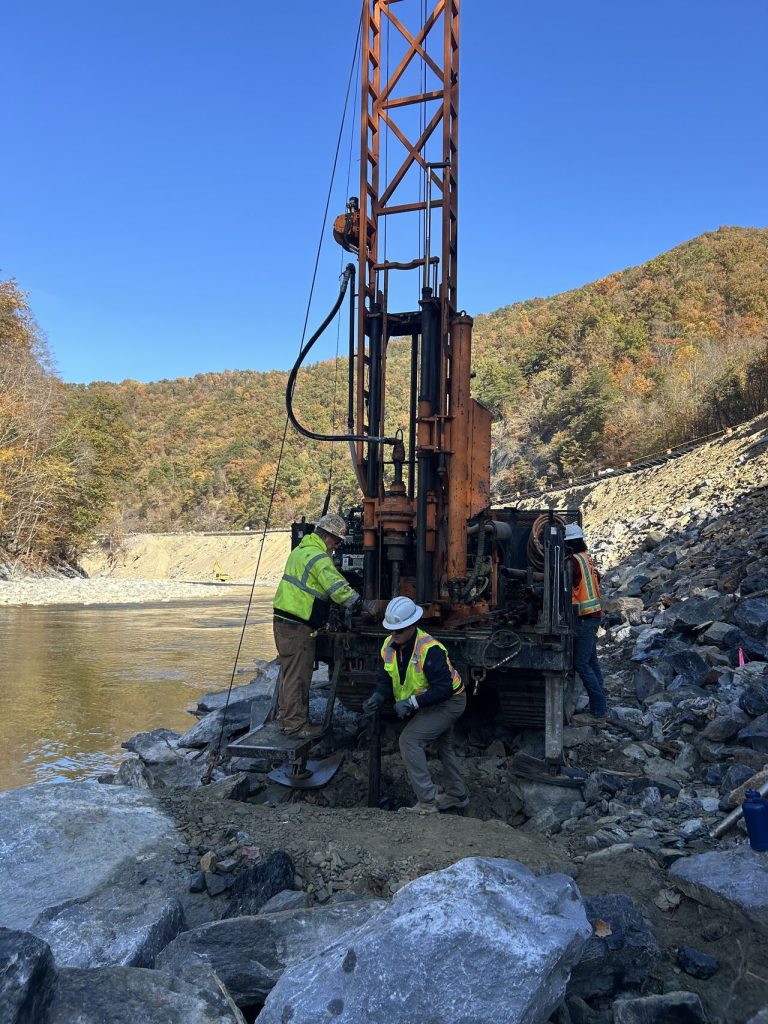November 19, 2024

What is the result when a storm of major magnitude hits a mountainous region? If you have seen the news stories of the devastation from Hurricane Helene, you may be asking yourself, how did this happen?
Hurricane Helene Background
Hurricane Helene’s horrific impact on Florida, Georgia, South Carolina, North Carolina, and Tennessee is well documented across multiple media sources. Its impact on North Carolina and the city of Asheville was devastating, washing away portions of I-40 and I-26, knocking out bridges, roads, water lines, and electrical infrastructure. Residents lost their homes, were stranded by impacts to roads and were left without communication. In Tennessee, the impacts were like those in North Carolina, with dams overtopping and travel made nearly impossible in some areas due to road damage and infrastructure impacts.
To further understand the devastating impacts of this storm in atypical areas to be impacted by Hurricanes such as western North Carolina and east Tennessee, let’s examine the local geologic conditions.
North Carolina Geology
- Asheville and parts of North Carolina through which the hurricane tracked are underlain by a combination of metamorphic and sedimentary bedrock that are largely resistant to long-term erosion, lending the area to the topography of steep mountains and rushing streams that we associate with the natural beauty of that area.
- Heavy rain: During heavy rain events, water falling from the sky has nowhere to go once it has filled the natural and man-made storm channels and rapidly overtops streams and riverbeds, dams and embankments. Floodwaters then rush downstream, washing away everything in their path. Relatively thin soils clinging to steep mountainsides are rapidly saturated with water, causing them to lose their grip on the terrain to which they hold, resulting in massive landslides and collapses of subgrades under man-made objects. View USGS’ Hurricane Helene Landslides Observations Dashboard.
Tennessee Geology

Sinkhole
Further north, in the Valley and Ridge Geological province of Tennessee, the valleys are underlain by sedimentary limestone and shale bedrock, which weather beneath the surface over long periods of time to form an irregular bedrock surface that is connected through the soil by sinkholes and intermittent streams into the subterranean world by caves and solution tubes that we can’t see from the surface. This underground topography is explored by physical exploration, geophysical techniques and drilling. Streams and rivers are intimately connected to this three-dimensional underground world by channels, chasms and caves. Check out a Tennessee Cave Survey. Softened, water-saturated clay soils with the capacity to allow rapid surface runoff into these systems exist along bedrock interfaces, manifested at the surface by the telltale presence of the sinkholes that we all see cattle gathered around while we drive along the roads in Tennessee.
Storm Events and the Impact of Excess Water

I-40 wash out at NC/TN State Line
In large storm events such as Hurricane Helene, the capacity of the streams and surface waterways to handle runoff in this geology is quickly overwhelmed. Water that would normally be channeled away or into the vast subterranean network of interconnected drainage systems is forced to emanate elsewhere. Inevitably, new pathways are cut through the already soft soils, now saturated with water, finding their way into previously unknown solution channels and cave systems in the bedrock, which surface soils suddenly erode into, as an hourglass full of sand will run into the empty chamber beneath it.
This sudden displacement of water and soil works its way to the surface during and after these storms, resulting in sinkholes in previously unsuspected area, collapses of subgrades beneath roads and bridges, loss of soil foundations support beneath buildings, and landslides along mountainsides, all triggered by drainage into these caverns.
Despite our best efforts as geologists and geotechnical engineers, it is sometimes difficult to ascertain exactly where and when these surface aberrations during and after storm events will occur. We do know that atmospheric volatility is increasing due to climate change, although it is unknown at this time how prolific that will be. We do know that we must use the tools at our disposal to the best of our abilities and our increasing knowledge of our local geology and subterranean world will allow.
S&ME Services

S&ME drilling team supporting TDOT’s Cocke County I-40 Emergency Response From Near MM 448 to Near MM 451
S&ME offers a wide range of services to help mitigate the effects of such events well before they happen, aiding our clients in the design and implementation of infrastructure, new construction, and planning.
- We own and operate our own fleet of subsurface exploration machinery, with our own drill crews and rigs performing field exploration to provide data to our professional geologists and engineers.
- Our experienced team of geophysicists, working with the best and latest technology that allows us to further explore what we can physically ascertain by boring through soil and bedrock, aid in determining where further exploration is needed or where areas of concern may lie.
- Our dam professionals work with our geologists, geophysicists, civil, water resource, environmental professionals, construction engineers, and geotechnical engineers to perform quality checks on existing dams, design new earthen and concrete dams, calculate spillway analyses, infiltration and seepage modelling and aid in construction observations and monitoring for new dams.
- Our civil and water resource professionals work with our environmental and geotechnical professionals to generate sustainable designs to impede the shear forces of water on our infrastructure.
- Our environmental professionals perform stream and wetland mitigation, environmental site assessments, stormwater sampling, wildlife surveys where local biology can be impacted by storm surges, and other storm and climate change analyses as needed.

Here at S&ME, we are dedicated to living in and with the world that we have inherited, and are always intent on shaping our future through everything that we do, build, and are involved in.
